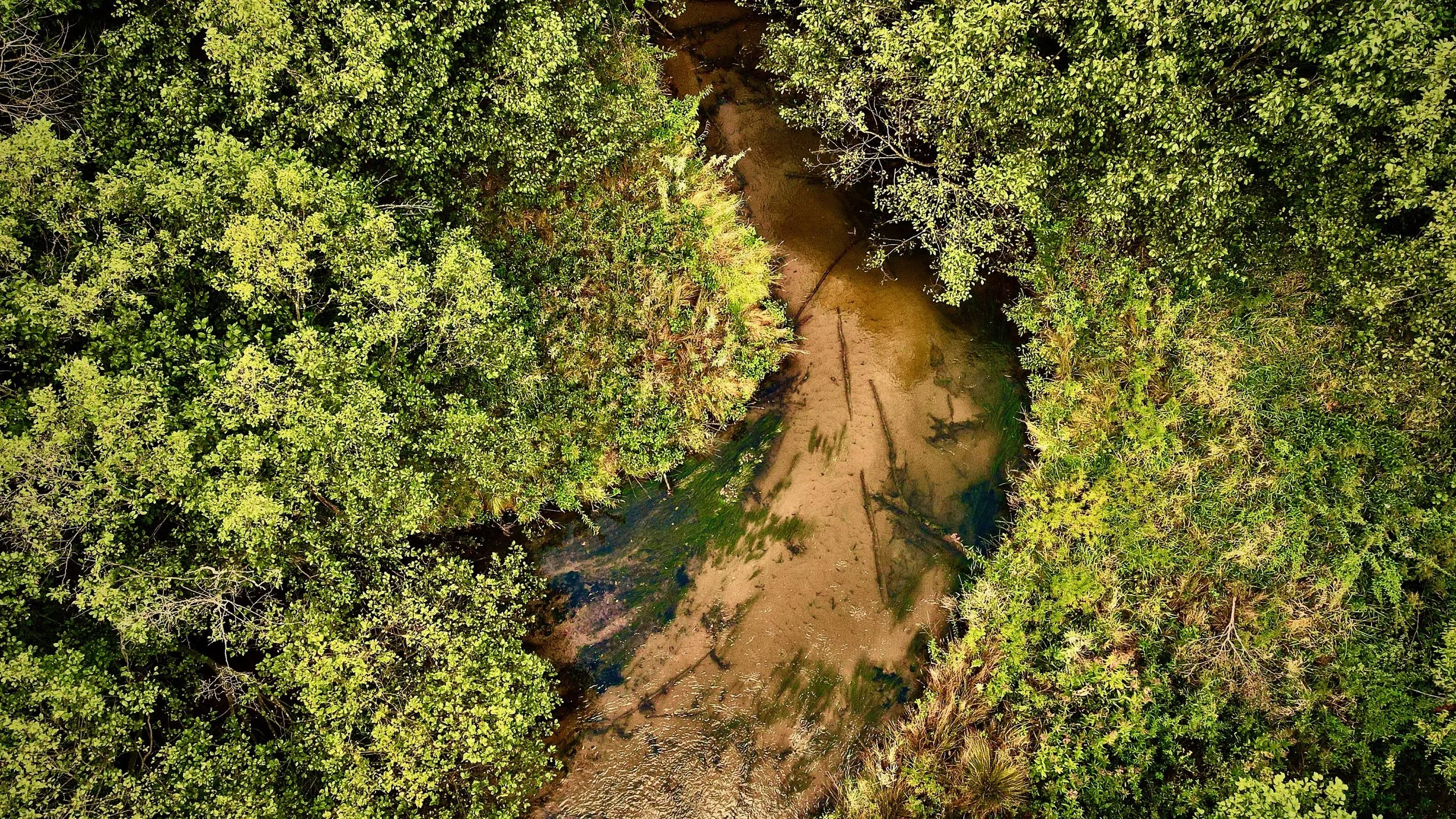I wrote this article in early December, before the blizzards. A more appropriate title could be Winter is Here!
What is it about an icy cold morning that makes me want to walk outside? I think it’s an opportunity to see the world in a raw, vulnerable state. The white, crystal frost forming through the clear night, encrusting everything in diamonds, waiting for the sun to gradually melt it away. Everything feels frozen in place. The warmth of the rising sun looming over the eastern horizon, its first rays glittering the tops of the trees. My warm breath and hot coffee form clouds in the crisp air. Sitting still lets the cold in, so I walk, my feet crunching the frozen grass and leaves, the cold air biting my face. There is harmony here, the warm sun on my back supplies me with energy to keep walking, it shines on the trees melting the frost and awakening life. The early-morning bird calls do not need a snooze button, their sunrise songs are a welcome respite from obnoxious morning radio shows and anxiety-ridden news reports.
Some years the warmth of summer reaches far into autumn, and other years the bitter chill of winter sends us searching for ice scrapers in October. My mind drifts to a growing list of chores I need to complete before winter arrives. The cold compels us to store food, gather firewood, and throw heavy blankets on the beds. This intuition is shared with other creatures in the fields and forests around us as they follow their own ways of adapting to the changing conditions.
As the northern winds begin to blow, daylight hours shorten, and resources become scarce, life must adapt to survive. Animals that migrate aren't escaping the cold as much as following the availability of food. Birds are masters of migration, some traveling pole to pole across the planet every season. The shortening of daylight hours signals birds to begin their journey. Without the use of smartphones or GPS units, navigation is achieved by following celestial cues from the sun and stars, the Earth’s magnetic field, and mental maps. The arctic tern takes part in one of the longest distance migrations on record, flying over 25,000 miles from breeding grounds in the Arctic to wintering grounds in the Antarctic. The ruby-throated hummingbird migrates south each year to Mexico and Panama. Monarch butterflies have a multigenerational migration; no single monarch completing the entire journey. It takes at least four generations to complete the monarch’s migration. It is truly amazing that animals so small can navigate so far.
For those who forgo migration and stay behind to face the cold, hibernation offers a way to survive in the face of diminishing resources. Some animals that hibernate in Oceana County include bears, woodchucks, bats, snakes, turtles and frogs, and bees. Hibernation typically involves a decrease in body temperature, slowing of heart rate and breathing, and a drop in metabolic rate. There is a surprising amount of disagreement about what animals should be considered “true hibernators”. Some animals, like bears and skunks, were not considered “true hibernators” until recently as scientists have begun to interpret hibernation based on active metabolic suppression rather than body temperature decline. Deeply hibernating animals, like woodchucks, become very difficult to wake and may even appear dead. During hibernation, the heart rate of a woodchuck slows from 80 beats per minute down to 4, and its temperature drops from 98 to as low as 38 degrees Fahrenheit. If its temperature falls too low, the woodchuck may wake up slightly to shiver for warmth. In preparation for hibernation, animals need to find or create a safe place to sleep for a few months. For terrestrial mammals this could be in the form of a cave, a hollow tree or a den dug into the ground. Black bears enter their dens in October or November and rarely use the same dens twice. During hibernation, animals live off of stored fat built up during the summer and fall months. This is especially important for female bears as they will give birth in their dens during hibernation, nursing their cubs without eating anything themselves. Cold-blooded reptiles and amphibians undergo brumation , which is similar to hibernation but differs in that animals may display punctuated activity to ingest water. Aquatic frogs and turtles hibernate or brumate on or under the muddy bottom of ponds, subsisting on the oxygen-rich water and mud. Frogs and toads may enter a semi frozen state and survive by synthesizing an antifreeze chemical in their body. Terrestrial wood frogs and spring peepers enter dormancy on land, preferring to occupy the cracks and crevices of rocks and logs. In these more exposed locations, the amphibian may actually freeze, its breathing and heart may stop and resume function upon thawing. Hard shell turtles, like snapping turtles, are able to brumate in the oxygen-depleted water on the bottom of a stagnant pond. In a low oxygen environment, the turtle burns body fats and sugars which creates lactic acid as a waste product. One theory hypothesizes that calcium and carbonates in the turtle’s shell help to neutralize the harmful lactic acid.
Many animals brave the cold, stay active through the winter, and have adapted in very interesting ways. As the leaves fall, green turns to brown, and snow covers the landscape in white, some animals may find their camouflage no longer appropriate for their surroundings. The coats of snowshoe hare and weasels will grow thicker for warmth and change color from brown to white for camouflage against the white snow. The shifting environment can affect predator-prey relationships as well. Field mice will create tunnels under the snow that serve as highways across the winter landscape hidden from predators like owls and hawks. Food can be a scarce resource for many in winter and adaptations must be made. While the summer diet of foxes includes large amounts of berries and fruit, in winter they consume a greater amount of rodents to offset the lack of vegetation. Rabbits and deer adjust their diets too, consuming greater amounts of moss, twigs, and bark. Squirrels, mice, and beavers plan ahead by
gathering extra food in the fall to stockpile rations for later. Insects have their own unique adaptations. While the majority of insects migrate, hibernate, or die in winter, some insects like snow fleas and the winter stonefly remain active. Snow fleas are so adapted to winter conditions, some will die if held in a warm hand. To cope with freezing conditions, insects are able to prevent or control freezing in their bodies. Much like amphibians, insects are able to control the formation of ice in a way that protects their cells from damage through the production of natural antifreeze compounds like glycerin. Proteins and compounds bind to ice crystals to prevent their growth.
Winter is coming. Chilly mornings and frosted windshields foreshadow the impending freeze. While we put plastic on our windows and line our driveways with snow plow stakes, keep in mind the preparations occurring in the fields and forests around us.










